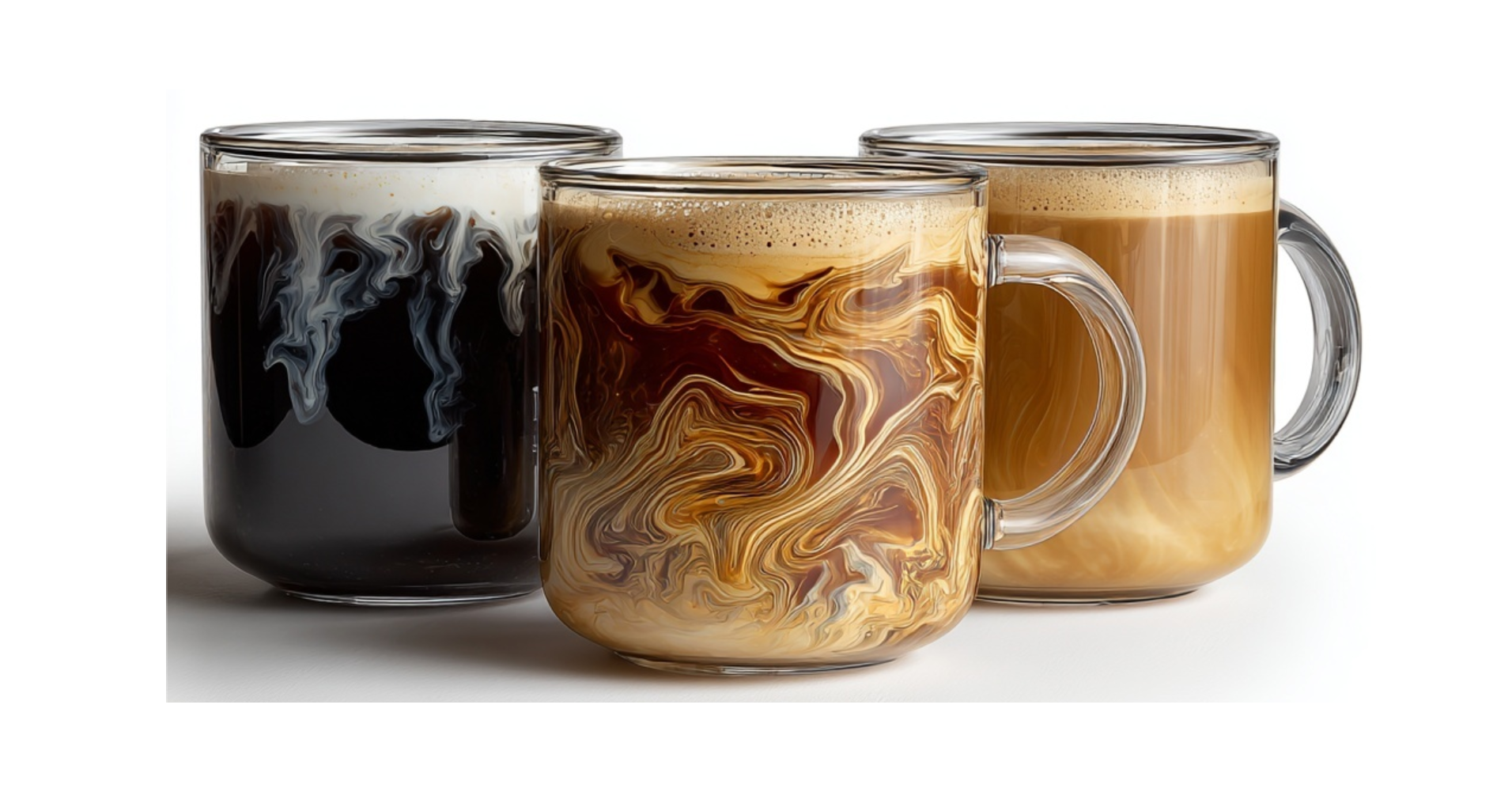The Second Law of Streaming Dynamics
How physics explains the current state of TV streaming
Everyone’s talking about how frustrating streaming has become. Too many apps, too many subscriptions, and too much time spent searching instead of watching.
This article isn’t about what’s wrong. It’s about why it happened, and where it’s headed next.
Entropy and TV
The Second Law of Thermodynamics says that in any closed system, things spread out until they reach equilibrium: a stable, uniform state. Scientists call this “entropy.”
Think of entropy as nature’s smoothing rule. Cream doesn’t unmix from coffee. Ice cubes don’t spontaneously reappear in a warm drink. A perfume sprayed in one corner of a room doesn’t gather itself neatly back into the bottle.
That’s entropy: the universal tendency for things to spread, mix, and smooth out.
But here’s what physics textbooks don’t always emphasize: the journey to that smooth endpoint passes through chaos first.
When cream hits coffee, it doesn’t instantly become tan. It swirls. Streaks of white cut through dark. Spirals form and collapse. For a while, it’s turbulent, complex, and confusing. Only later does it all blend into one smooth drink.
This is the key insight: between separated simplicity and blended simplicity lies maximum chaos.
And that’s exactly where TV streaming is right now.
From Cable to Chaos
Cable and satellite represented separated simplicity. One box, one bill, one remote. Limited choice, but perfectly organized. Clean boundaries.
Then streaming arrived and poured the cream in. Suddenly:
Content scattered across dozens of apps
Multiple bills and logins to manage
Different interfaces that all work differently
The result is disorder. But importantly: it’s not disorder because of stupidity or greed. It’s disorder because every actor is optimizing rationally for themselves.
Why Rational Choices Add Up to Chaos
Look at the players:
Incumbents (Disney, Warner Bros, NBCUniversal, Paramount) protect their crown jewels. Disney reclaims Marvel, NBC pulls back The Office. Rational moves.
Disruptors (Netflix, Apple, YouTube) expand the battlefield. Netflix experiments with live and games. Apple leans on bundling. YouTube grows YouTube TV into a top pay-TV provider.
Platforms (Roku, Amazon, Google) compete to be the aggregator layer. They build unified search, push their own channels, and try to bring consistency across the ecosystem.
Individually rational. Collectively irrational.
Just as every molecule of cream follows the laws of physics, every company follows business logic. But together they create turbulence:
Paying twice for the same show.
Services adding, removing, and re-adding content.
Sports leagues spreading games across multiple services.
Bundles forming, splitting, and reforming.
The cream swirls aren’t trying to be confusing, they’re just following the laws of fluid dynamics. The streaming services aren’t trying to create chaos, they’re just following the laws of business dynamics.
You spend more time navigating than watching, not because companies are wrong, but because the system is in flux.
Peak Swirl
We’re in what physics would call the maximum turbulence phase - the messiest moment before things calm.
It’s the middle mug of coffee:
The old order was cable: separated simplicity.
The future order will be blended simplicity: content unified, access seamless.
The present is swirling chaos.
That’s where we are today.
Where Physics Says This Ends
Here’s the encouraging part: chaos is temporary. Entropy doesn’t stop increasing, but turbulence eventually resolves into smoothness.
Streaming will too. How? A few possible paths:
Consolidation. Not every service survives. Just as dozens of early cable channels merged or disappeared, the same will happen in streaming.
Coordination. Interfaces converge. Unified billing and logins emerge. Consumers demand simplicity, and platforms will compete to deliver it.
Natural selection. Not every experiment works. Some services will fade, others will find sustainable niches, and equilibrium will emerge.
Importantly, we won’t return to cable. Entropy doesn’t reverse. But we also won’t stay in chaos forever.
The exact outcome - who merges, who survives, how many bundles remain - is unknowable. But the direction is certain: from turbulence to stability.
The Takeaway
If streaming feels confusing, it’s because it is. But the chaos isn’t permanent. It’s a phase.
Physics teaches us that systems don’t go directly from order to order. They pass through disorder on the way. Cream swirls before it blends. Streaming is swirling before it settles.
Today: chaos. Tomorrow: equilibrium. The coffee will finish mixing.
